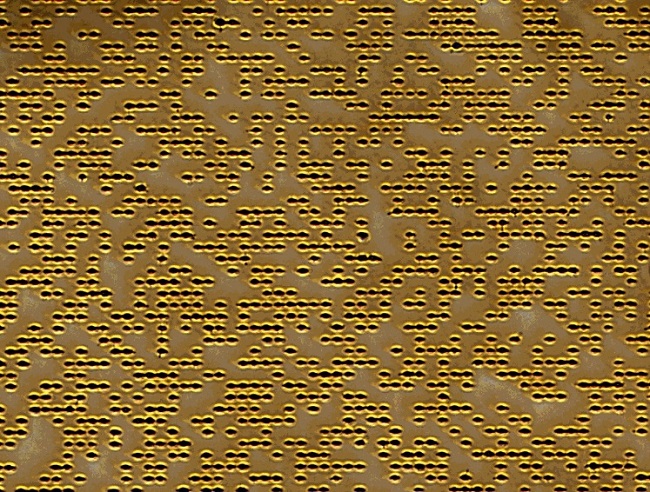This website uses cookies to ensure a better user experience.
To get more information, please read our Cookie Statement.
Unifying fast computer-generated hologram calculation and prepress for new and existing production techniques
Our colleagues A. L. Brkić, M. Rakić and H. Skenderović in collaboration with V. Cviljušac from the Faculty of Graphic Arts published a paper dealing with a new method of calculating CGH, fast printing of holograms, and hologram engraving in glass by femtosecond laser pulses. The paper has been selected as an Editor’s Pick in Applied Optics.
Unifying fast computer-generated hologram calculation and prepress for new and existing production techniques
Antun Lovro Brkić, Vladimir Cviljušac, Hrvoje Skenderović, Mario Rakić, Applied optics 62, 10; D119-D124 (2023)
DOI: 10.1364/ao.478388
CGH calculation is a well-known and researched problem. Merging CGH methods with commercially available machines for manufacturing holograms (CtF-computer to film, OP-offset print, CtP-computer to plate) enables every produced hologram to differ in size, shape, rasterization, and the information that it holds. This makes a significant advantage compared to existing manufacturing techniques in cost, production time, and features. Additionally, procedures for producing holograms with femtosecond direct laser writing and with LCOS mask were shown.
With an advantage in cost and the possibility to be mass manufactured, the mentioned techniques (see figure 1) combined with the presented method have a solid foundation to be implemented as security element in different products (ID cards, passports…).

Figure 1. Recostruction of the computer-generated hologram printed using different technique; (a) LCOS mask, (b) Computer to Film, (c) Offset Print, (d) Laser engraving, and (e) Computer to Plate.

Figure 2. Detail of the hologram engraved in fused silica by femtosecond DLW, at the depth of 300 microns below the surface.




